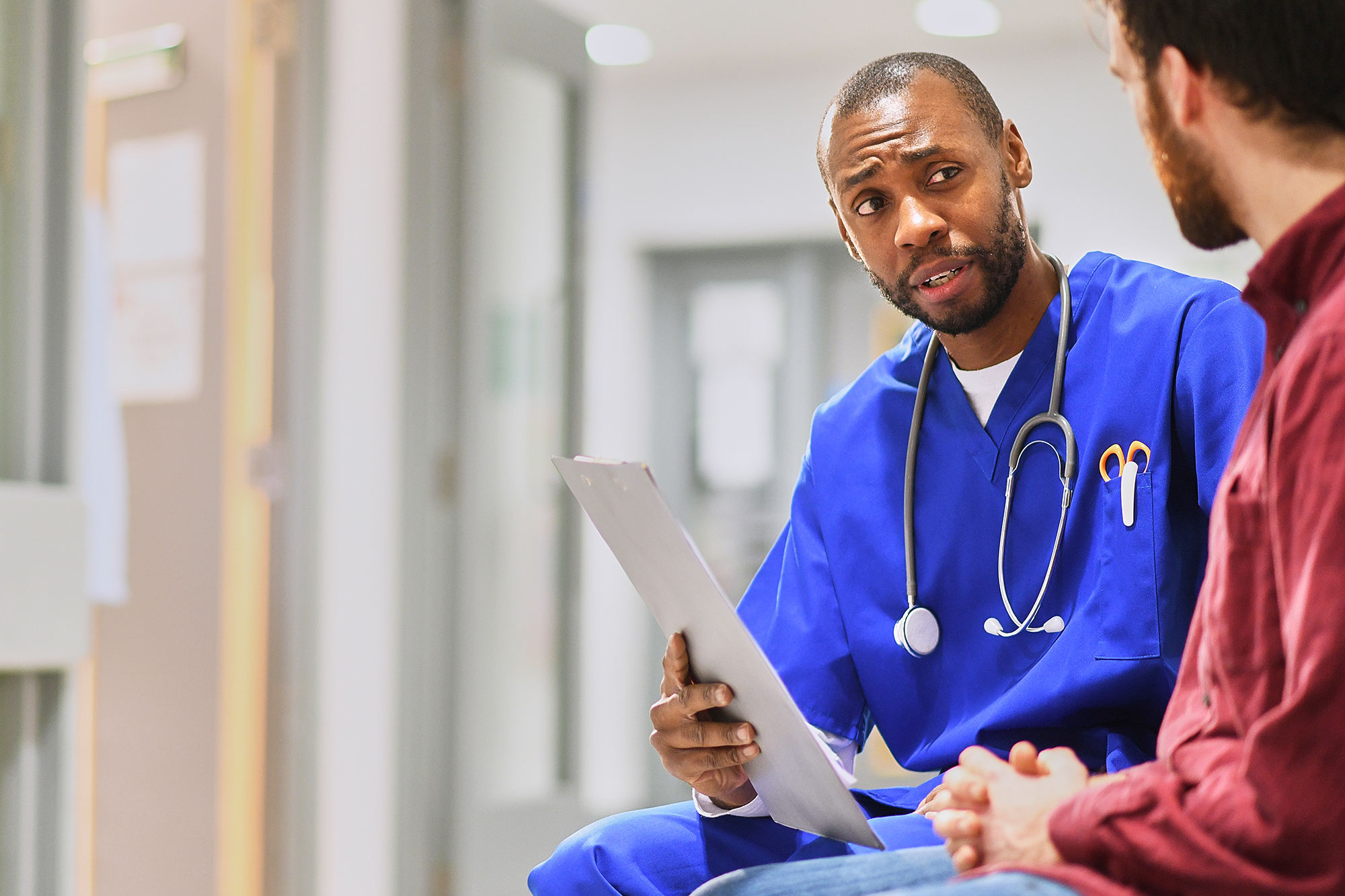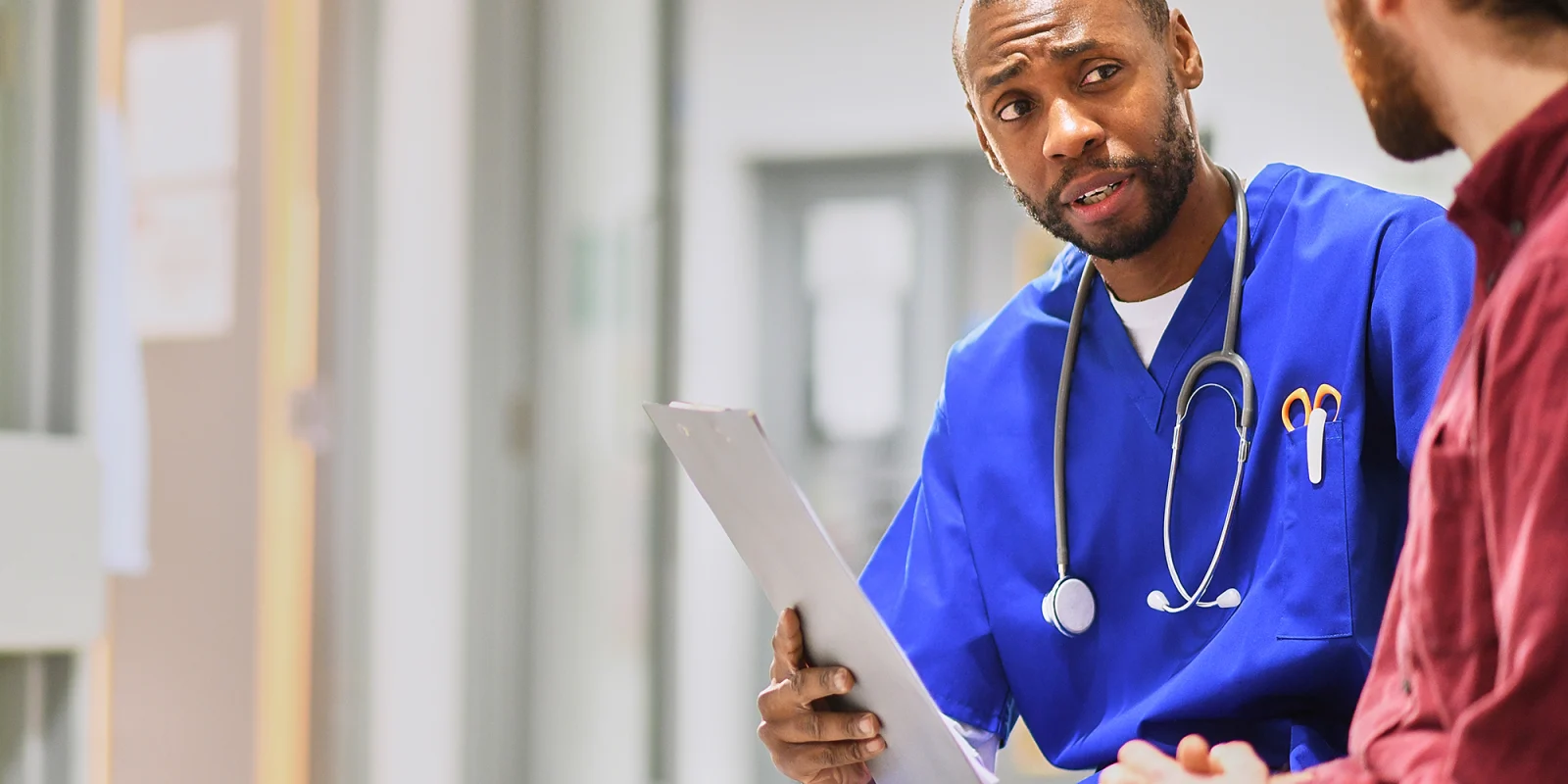
Medical schools emphasize two main concepts throughout the first two didactic years: medical knowledge and humanism. The first encompasses learning the ins and outs of normal and pathologic functions of the body, different disease states, and how to properly diagnose and treat said diseases. This — some argue — is the most important aspect of medical school. Medical students spend countless hours during the first two years learning as much as they can. During their clinical years, they’re pimped on what they learned the first two years and learn how to integrate their book knowledge into the real world. The latter concept, humanism, focuses on the actual human contact aspect of being a doctor. This includes showing empathy, communicating appropriately, and partnering with patients. During the first two years of medical education, most schools teach humanism through interactions with actor patients. During this course, we are evaluated based on the aforementioned aspects of humanism. Even our national board exam tests our ability to communicate with patients and empathize with them. It’s ingrained into how we interview patients, and it seems to come naturally. It’s why we all went to medical school in the first place, right? We want to help those in need.
However, that’s not how it works in the real world. Medical knowledge is something that builds every day, and every physician I encountered during my third-year rotations possesses an immense fund of knowledge. That concept continues past medical school. The humanism aspect, however, seems to be dwindling from memory every year a physician is out of medical school. Is this due to burnout? Can it be because we become jaded? Or is it because doctors are so overworked? Whatever the reason may be, we must strive to remember why we began this journey and keep humanism at the forefront.
As a third-year medical student, I have noticed that appropriate communication with patients is not as emphasized in the real world as it is in our preclinical years. I have seen patient interactions where a physician takes the extra minute to educate their patients, and I also witnessed many occasions where patients left with more questions than answers. The difference in patient care and outcome is shocking. A young adult female came to the Ob/Gyn clinic for increased uterine bleeding and has been on three times the recommended oral contraceptive dose for two weeks longer than protocol. When this was explained to her, she said she never fully understood the instructions the ER doctor gave her about her new medications. The mother of a five-year-old boy in the hospital for rhabdomyolysis was told her son had high liver enzymes and was transferred to this hospital for better care without further explanation of the disease. I watched as the fear of her son having liver disease left her eyes when I explained to her what rhabdomyolysis is and how it can falsely elevate liver enzymes. When a patient hears "60% ejection fraction", do they understand that their heart is pumping effectively and not that it has lost 40% of its function? When doctors use words like peritoneum, cardioversion, or even EKG, do patients truly understand what they’re saying, or do they begin to zone out?
This is where the ideologies of patient communication, ingrained in us as medical students, need to shine. Humanism isn’t only about caring for patients; it’s about effectively communicating with them. As we’re taught in medical school, effective communication includes using language the patient will understand, educating them properly on their disease processes, and developing a treatment plan that the patient is comfortable with and able to uphold. Though knowing medical concepts is imperative as a physician, our job doesn’t end there. We have the unique opportunity to be more than simply doctors. We are educators, confidants, and our patients’ best advocates. If we can be all of these things, why stop at just being healers?
Sneha Sudanagunta is a current third-year medical student at the University of North Texas Health Science Center Texas College of Osteopathic Medicine. She will graduate medical school in May of 2021 with a DO/MPH and plans to pursue a residency in obstetrics and gynecology afterwards.







